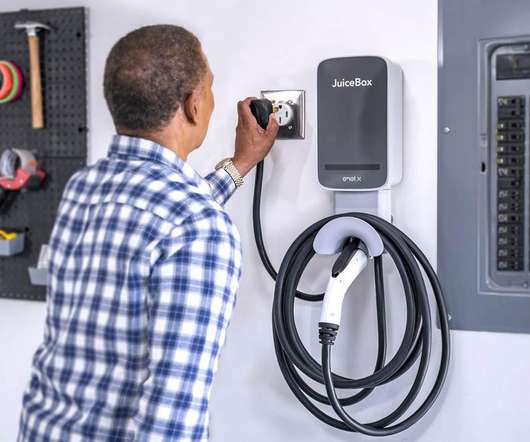Minnesota Plug-in Law
Plug In Partners
JUNE 12, 2006
R epresentative Frank Hornstein reports that House File 3718 has passed, and that Minnesota is the first state to join the push for plug-in hybrids. The car runs primarily on electricity and renewable fuels like ethanol power the engine. Specifically, they are targeting the Ford plant set for closure in St.












Let's personalize your content